THEIR POV
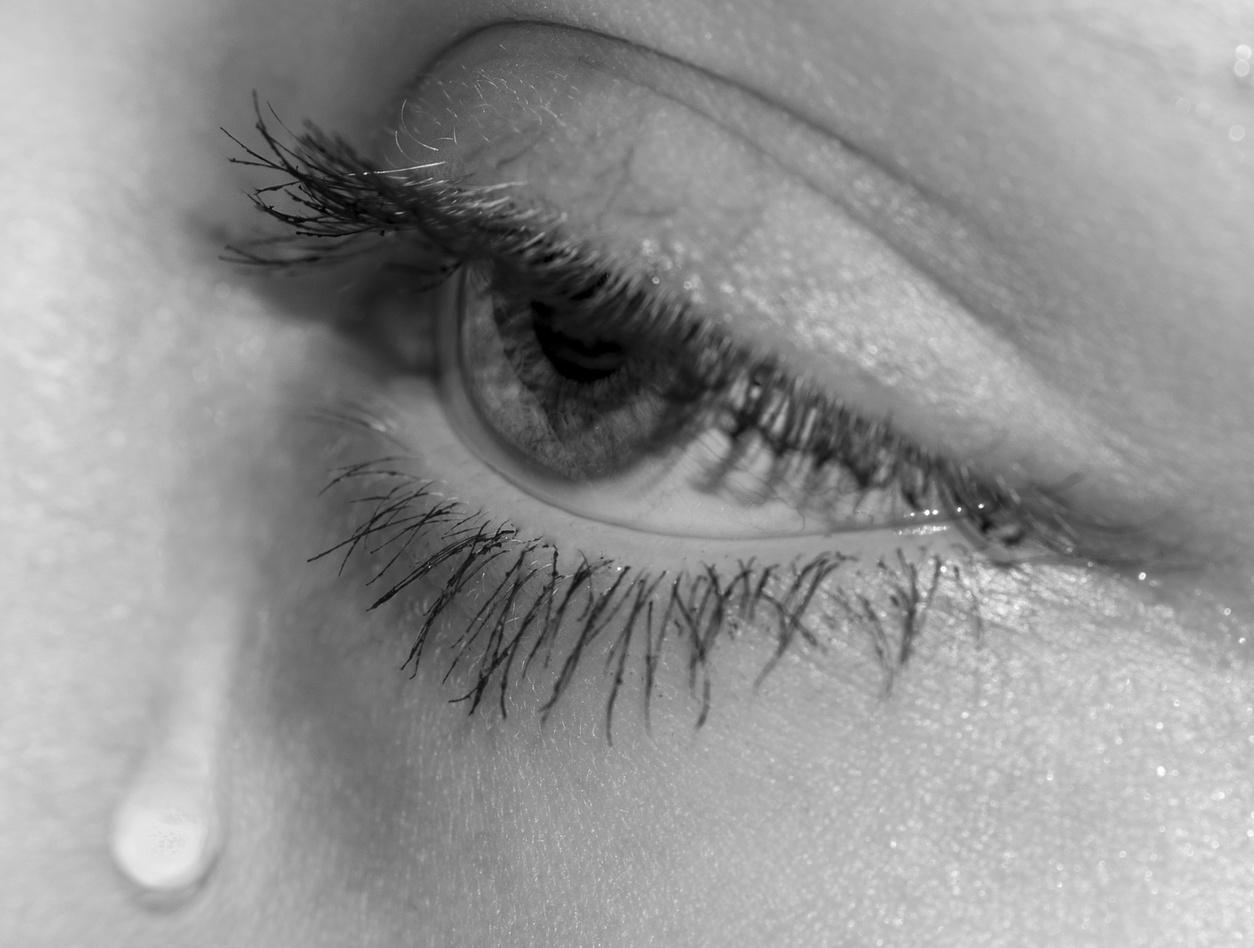
GATCHALIAN, stephanie
FORONDA, CARLA
HICETA, ARIZZA




NG, NATHAN
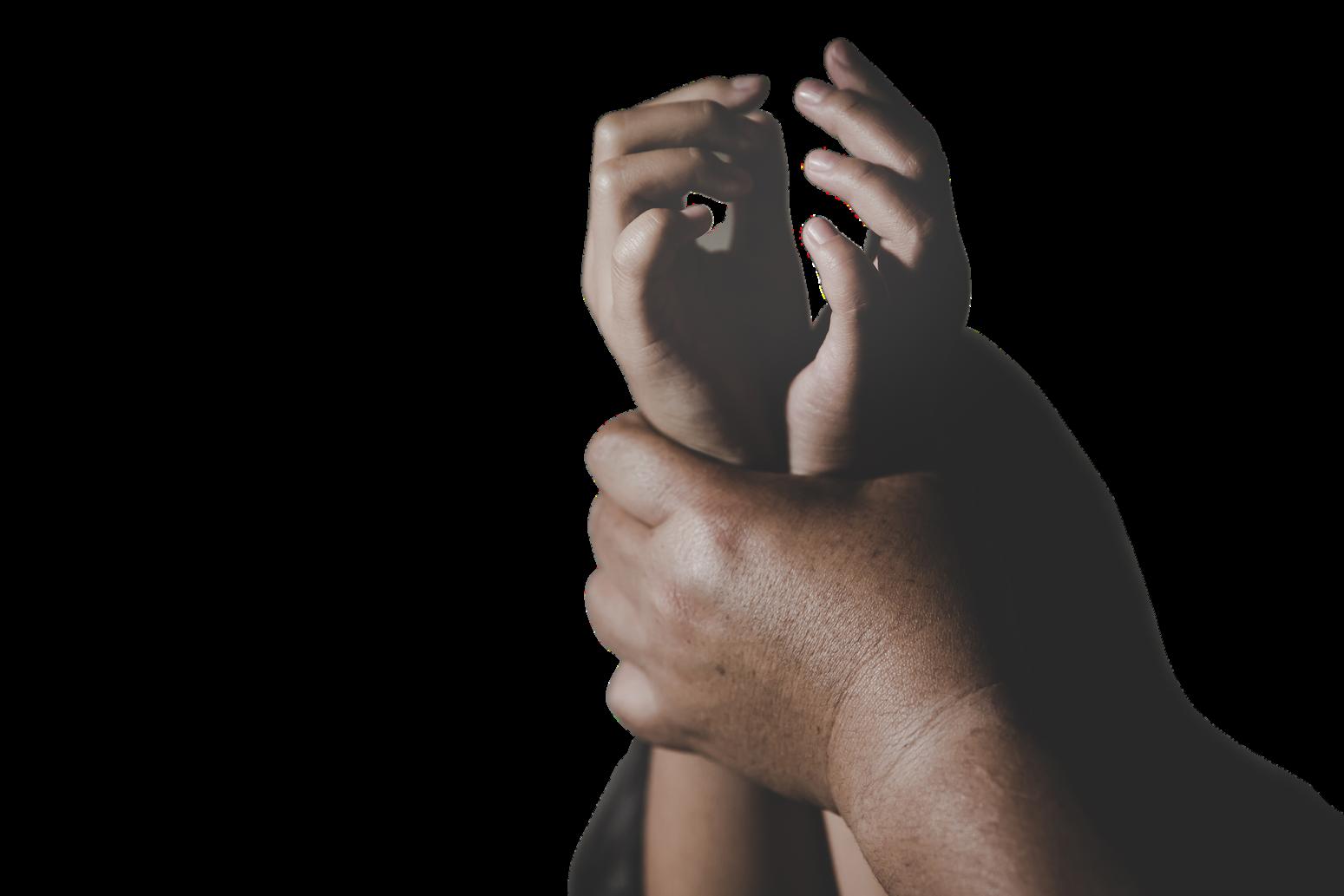
OJEDA, CHELSEA ANICA
SALAZAR, RADWAN SABINA


GATCHALIAN, stephanie
FORONDA, CARLA
HICETA, ARIZZA




NG, NATHAN

OJEDA, CHELSEA ANICA
SALAZAR, RADWAN SABINA
Answers the question, “Why do we need to stop victim blaming, especially in Sexual Harassment?“
OJEDA, Chelsea Anica C.
HICETA, Arizza Mikaela
SALAZAR, Radwan Sabina
FORONDA, Carla Josephine
NG, Nathan Ryan
GATCHALIAN, Stephanie
OBJECTIVE
Spreadawarenessinvictimblaming
Stopvictimblaming
Encouragevictimstospeakup
Encouragepeopletochangetheirmindset
Discussouradvocacy
Discusstheeffectsofvictimblaminginanindividual FLOWOFTHEPRESENTATION
OpeningPrayer
IntroductionoftheAdvocacy
Whydidwechoosethisadvocacy?
Examplescenarios
Whydovictimsgetblamed?
Whydopeoplesidewiththeharassers?(Canbecultural)
Causesofvictimblaming
Effectsofvictimblamingtoanindividual
PossibleSolutions
Definitionofterms
Sources
ClosingPrayer
Brief background about sexual harassment
Example scenarios about sexual harassment and victim blaming
Reasons why people justify men ’ s actions
Effects of victim blaming and its possible solutions
Technical Terms
Operational Terms
Sexual harassment is a human violation caused by someone ’ s sexual desire that is completely against the will of the said individual. Inappropriate requests by an individual in exchange for something that is also against their wishes is also a sexual harassment that is often called as, sexual bribery. It can be verbally or physically or sometimes both. It doesn’t pick a place, time, or person - as to why it can happen anywhere, anytime, and to anybody, that results as one of the major issues in the world that is not being talked about enough
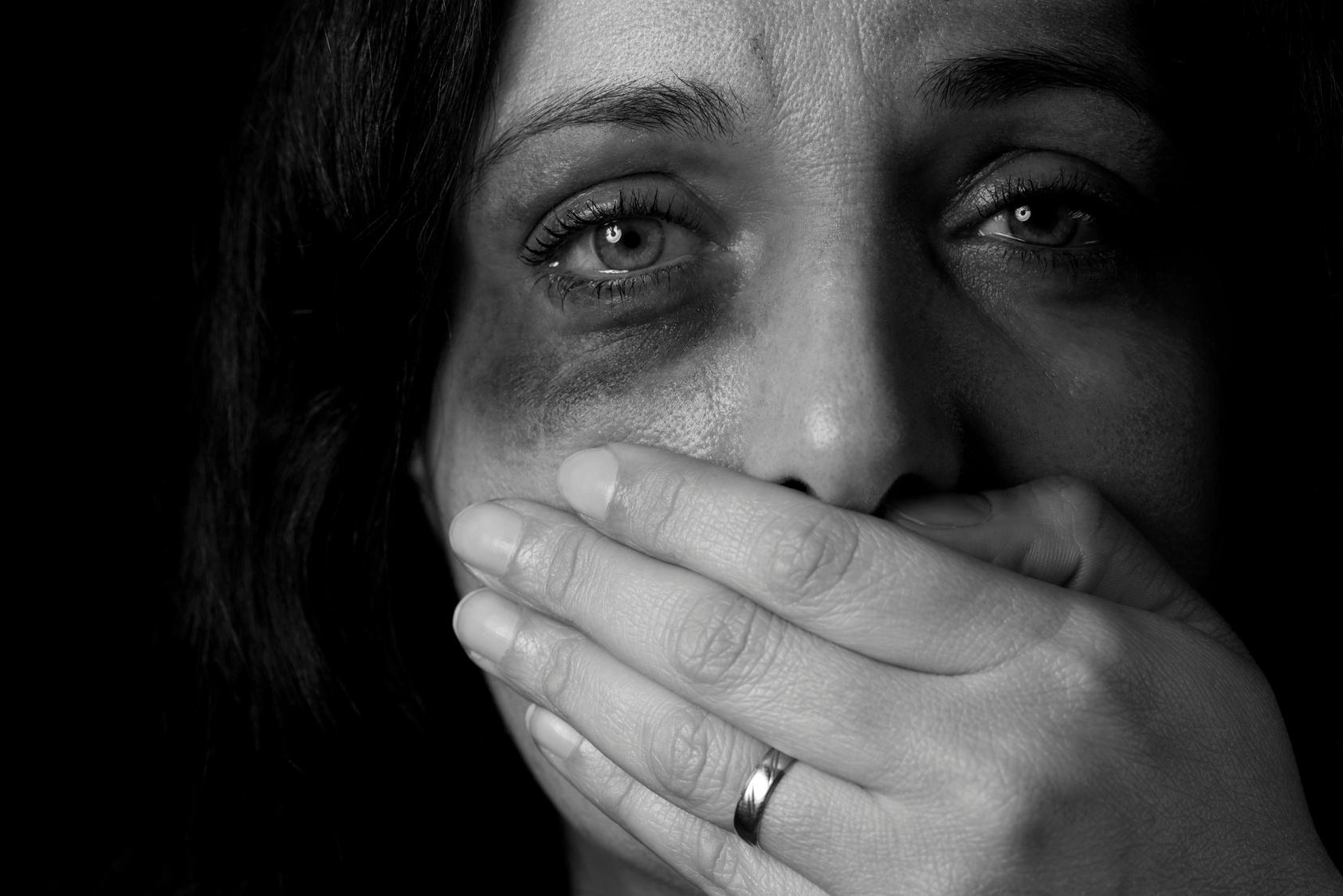
The first legal understanding about sexual harassment is developed in 1970s. Catharine MacKinnon is somehow the one who is credited for this said laws as she published a book called “Sexual Harassment of Working Women” that helped MIT to be one of the first large university/ organization in the United States of the America to develop and implement rules and regulations about stopping sexual harassment.
In the early 1970s some women were said to be quitting work or getting fired because of vocalizing their issues with the sexual harasser. A bunch of women from different profession had talked about the injustice and inequality done by sexual harassment. A first ever survey made by Working Women’s United, was passed out to different women that ranges from teachers to factory workers that concludes that sexual harassment is happening everywhere as for the survey had concluded that 7 out 10 individuals experienced sexual harassment
Martha Langlean classified four types of harassers as the following:
1.
A predatory harasser:
They simply harass to see how an individual reacts as they are thrilled by the idea of humiliating others.
2. A dominance harasser:
They are the ones who think sexualizing is a cool thing to do; for boosting the ego.
3. Strategic or Territorial harassers:
They harass an individual because they are confident that they will not be filed against or to be punished as they are someone who is a higher up or in the more favorable side of the said environment.
4. A street harasser:
They often use both physical and verbal harassment like catcalling and groping. They tend to give sexual remarks to an individual in public.
This concludes that sexual harassment has been happening in the past and in the present but hopefully not in the future. People are still fighting for their rights as victims but still get shut down by the government as they favor the harassers’ side.

Men are also victims of sexual harassment. This issue is considered controversial. It could be the reason why men are having a hard time to report their experiences. The toxic masculinity engraved on our society are holding back men to speak up because they are afraid that people will question their sexual orientation, especially if another man raped them, and they will become less of man as "men" are supposed to be the "stronger" and "dominant" ones In February 2023, a man was sexually assaulted by a stranger in Manchester City Centre. He reported it to the police and the man was then arrested in May 2022 through the DNA of the rapist left on the victim's clothes. The victim was simply walking home from his night shift when the harasser suddenly approached and followed him Even though the victim declined many times and tried to get away from he, the harasser chased and forced him to do sexual acts. The rapist was sentenced to jail for 6 years and 4 months.
Women encounter the struggles of sexual harassment everyday. Even in the comfort of our homes, we still cannot say that it is a safe place. Many articles and statistics show that in most cases, the harassers of victims are their own family members. Especially the young naive children who get manipulated and taken advantage of There are also some cases where people debate if it is still considered harassment if the one who did it is your partner yes, it is. According to the Department of Justice in 2019, over 1.5 million women and 834,700 men were sexually harassed by their partner in the United States. We cannot use the excuse "boyfriend mo naman siya eh" or "kasal naman na kayo" to defend the harasser and invalidate the victim's experience Any sexual acts made to someone without their consent is harassment, no exceptions When a woman walks outside to simply buy in a sari-sari store and she gets whistles from the tambay, that is harassment. When a student is on her way to school and someone says "Ganda, sabay ka na sa akin" while audaciously smiling, that is harassment. When a woman is in a train and someone swiftly brushes their hand on her body, that is harassment When someone sends obnoxious sexual messages and images in social media, that is harassment. When someone asks personal things about your life and body, that is harassment. And there are people who do not even realize that they are being sexually harassed because they get gaslighted that what they are experiencing is normal, especially if they first experienced it in their home
Even children face these struggles. As the Philippines has serious problems with poverty and teenage pregnancy, people get desperate to find ways to earn money and support their living. Innocent kids get sold to predators and get exploited just for money. Child pornography is a huge issue worldwide, not only in the Philippines Most of the time, it is even their parents who introduce them to that industry. As children are easily manipulated, they get groomed, too. There is this thing in family gatherings when kids are forced to kiss or hug their distant family member, even if it is against their will. According to an article by Parents Protect, children often show us instead of telling us something is wrong with them. That simple refusal to kiss or hug a relative could indicate that a kid has experienced sexual harassment, especially if they are seemingly uncomfortable with a certain family member.
There are also real-life cases when a member of LGBTQIA+ get intentionally sexually harassed or raped Some people believe that if homosexual people get raped by the opposite gender, they will be heterosexual. They call it "corrective rapes," coined in South Africa, and 15 cases were reported in 2015. In India, the parents are the one who plans to get their homosexual children raped, and they choose the rapist, who is usually their family member. This is not seen in Africa or India and is evident everywhere
Everytime someone gets sexually harassed, people will immediately ask "ano ba suot mo" to the victim. Many still believe that clothes are the reason why women get raped or assaulted, when it is not people get raped because of the rapists and nothing else more, no other reason. There are exhibits around the world where the clothes worn by the victims when they got assaulted are displayed just to prove that clothes are not the problem but those who harass women In the Philippines, there was one called "Don't Tell Me How To Dress" in 2019. In these exhibits, pajamas, school uniforms, and even baby clothes are seen which is stomach-turning. Other things that people say to victims are "ginusto mo rin naman", "bakit hindi ka nagsumbong", "dapat lumaban ka", or "just say no" They drop these words as if they are that easy to do We could never blame the victims for not doing those things because we will never be in their shoes, we will never understand what they went through, it is not that easy. A skirt is not an invitation to harass women, neither is an alcoholic drink, a friendly approach, a smile, and someone else's clothes
In our home: You and your father are the only one left in your house as your mom and siblings go about their own business for the day. Your father has been making demands for you to do normal household chores but as you do it, he has been very touchy with you as it escalated into something more sinful. You became very scared and worried about it telling him to stop but he did the opposite instead. After a few hours, your mom came home to you crying so you told her what happened but instead of siding with you, she tells you to just keep it a secret to keep the “honor” of your family name.
This scenario showcased that even your own relatives could do such a thing to you They abused their power to put control in the situation and put you in a scenario you can’t even have a say or choice in. It also indicates that people choose to silent the victims to protect something more important to them.
In our community: Just as you step outside of your house people whistled and checked you out, just because you wore “something short”. As you ride on the jeepney the person beside you starts to touch your leg as if massaging it sexually. You put away their hand to say no but they keep on putting it back. People around you saw what was happening but kept silent and let it happen until you got out of the jeepney.
This concludes that people will tend to sexualize you for something you wear and will start sexualizing you just because they are “turned on ” This also shows that people who are aware will not voice out their opinions as they know no one will listen and just laugh it off and blame it on the victim for wearing short clothing
In our school/workplace: You are a student failing in your professor’s course. You told them that you would do anything for them to pass you. They gave you an option to either fail or sleep with them. You had no choice but to put up with their request as you can’t afford to fail another course as it leads you to failing and retaking the whole semester.
This example stipulates the idea of a theoretical harasser, as the professor gave the student a ridiculous option knowing that the student cannot decline the offer They used their power over the powerless to do something they sexually desire This is also a type of sexual bribery
In social media: (1)As you are scrolling to your newsfeed, a notification pops up, you click on it and see an inappropriate picture of someone ’ s genitals You were shocked and disgusted, leading you to block them (2) You met someone online and they lied about their age, they demanded you to take pictures of your private parts and send it to them, or for you to video call them just to watch them do something inappropriate Since you are a minor with no clue about what’s happening, they use your innocence to play with your mind and manipulate you into doing things you don’t know and that are against your will
The first example may be not that offensive but still it had an impact and effect on the person who had seen it It indicates the fact that people don’t have the power on who will harass them whether online or in person The second example showcased another example of harassment by a Territorial harasser - they tend to defend themselves by saying that the victims agreed on the things they demanded, but the victim clearly had no clue about what was happening, for them they are just doing something someone told them to do as they are too innocent about this topic This suggests that even people with no idea about these topics can still be a victim of sexual harassment
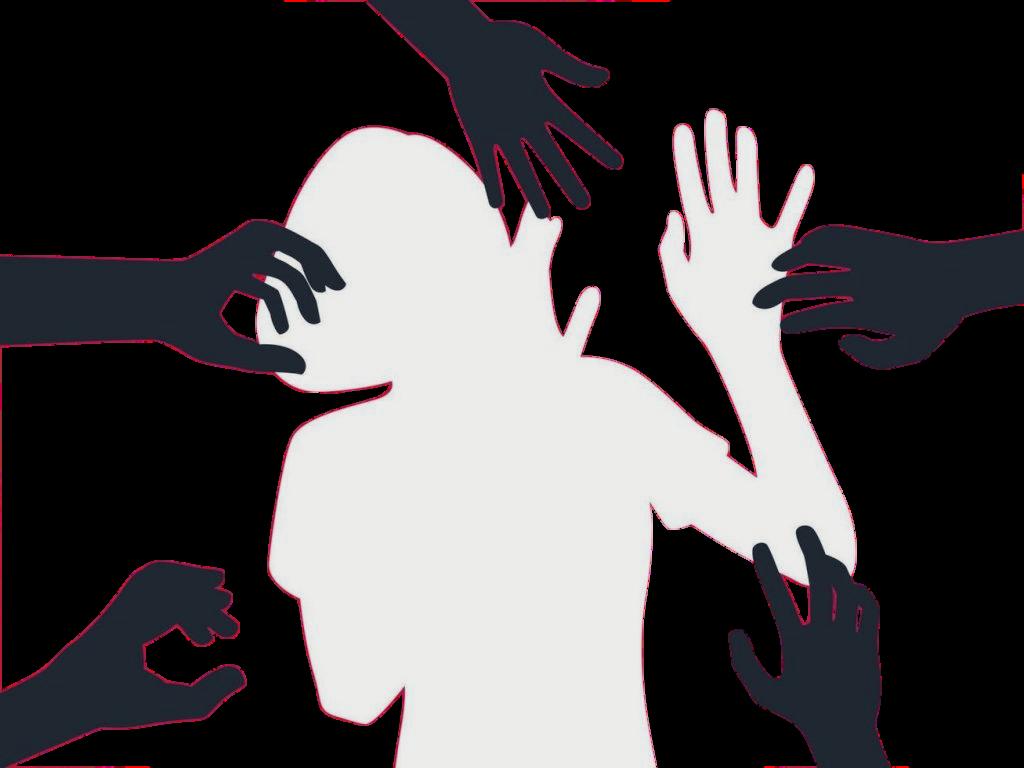



People tend to justify mens actions because of their power and dominance in one’s mind. Some people’s mindset in the past until now is that men are superior in all ways. That they had the authority, women don’t have - it led people to have a closed mind about the abilities women can do and their flexibility as a person.

From the men victims’ point of view, people tend to side with women as their mindset, “women can’t do such things”. People tend to underestimate what women can do - that includes doing something good and doing something bad. They tend to blame the male victims by saying “Ang laki laki mong tao hindi mo napaglaban sarili mo, ginusto mo talaga yan” or “Kayang kaya
mong itapon ang babae, bakit hindi mo nagawa?”, without factoring the other cause of the situations they are put in.
Sexual harassment and abuse was considered to be a defilement of a man’s property rather than a crime against women."
This statement can be proven through social media platforms. When someone posts about encouraging sexual harassment victims to speak up or someone is sharing their experience, people will see it as a sign of hate on all men and this tends to start people to post "not all men" or "there are still gentleman like me in this world" which completely takes away the limelight to the empowerment of sexual harassment victims. In any angle, men will somehow always be favored by society.
The phrase "boys will be boys" or "lalaki kasi eh" are the most basic excuses to justify the actions of men. Maybe this is applicable to a kid when they are being hyper while playing outside but not in justifying the ill actions of a grown up man.
A misogynistic society or environment may play a significant role as to why men are always the one sided by people. There has always been misunderstandings and issues about gender equality. And for many decades, people have been trying to achieve it and make progress on our equal rights. However, misogyny is still kind of hard to avoid in our society. People believe they need male validation to be worthy, that men are always supposed to be dominant to women which may cause them to think that men are always correct and side with them. Women should remember this "babae ka, hindi babae lang".
Another possible reason why people continue to think that the mindset and actions of a sexual harasser is acceptable is because the people who are supposed to give hope and justice to the victims are also part of the problem. There are individuals who got elected in high positions who hold power that tolerates the actions of harassers, especially in believing that the clothes worn by women are the reason why they get harassed by men.
To generalize, victim blaming happens because people want to view the world around them as a “just world.” A world wherein we deserve the consequences or circumstances that befall on us because of our choices or actions.
It is where people think of the reasons on why an event happened and turn this reasons into situations that can be controlled so as to not let the event happen to themselves.
Some people often side with the perpetrator if they have something in common, whether part of the same group or gender. This is because people tend to not acknowledge something that will somehow taint their reputation or the reputation of a group that they are part of.
People may also blame the victim when they start to dehumanize a person or objectifying them. Another reason would be that they derive enjoyment when they try to push the blame on the victim.


Scars that are l mental but also well-being. Th psychological im have on the surv self-esteem and
Diminishing the effec experience makes it victim to ever speak makes the victim fee this constant fear th will say, people w them. When the victim knows that us, as a society, are blaming her for the supposed abuse, this doesn’t allow her to speak up freely and truthfully; the impact may even be larger than what it originally was.

constitutes that you are allowing this to happen and are allowing the perpetrator to get away with it. It strengthens the fact that the abuser is saying it is the victim’s fault to which it is not and never will be. It is not the victim’s fault nor responsibility, also, to fix the situation but the abuser’s.

Instead of focusing on holding the person accountable, they are shifting their focus away on the perpetrator. While giving the proper treatment and care for the victim, let us remember that all that wouldn’t happen if the perpetrator didn’t make this happen. While important, let’s not focus fully on the situation of the victim but focus on giving justice to the victim.
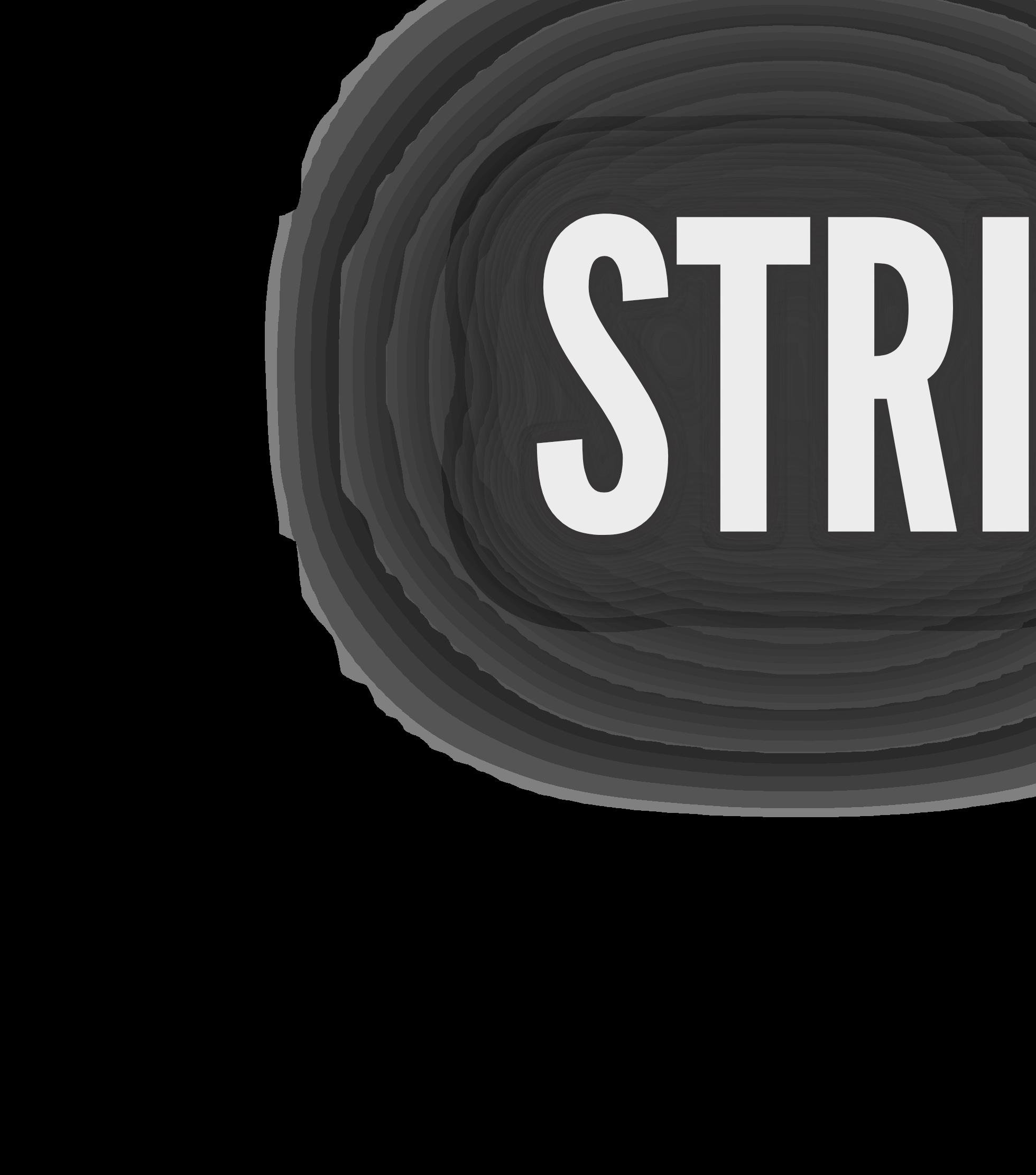
11313 both hat pertains nt however, pholes that may hinder First, the companies, chools may with the the matter and victim's eir work or perpetrators g the victims and scaring out in fear econd, the ction of the responsible n may have be followed, as more and more cases are being reported. Lastly, CCTV cameras can be a way to determine the course of event, making this a vital evidence. CCTV cameras must be placed most especially in places that are dark and narrow.
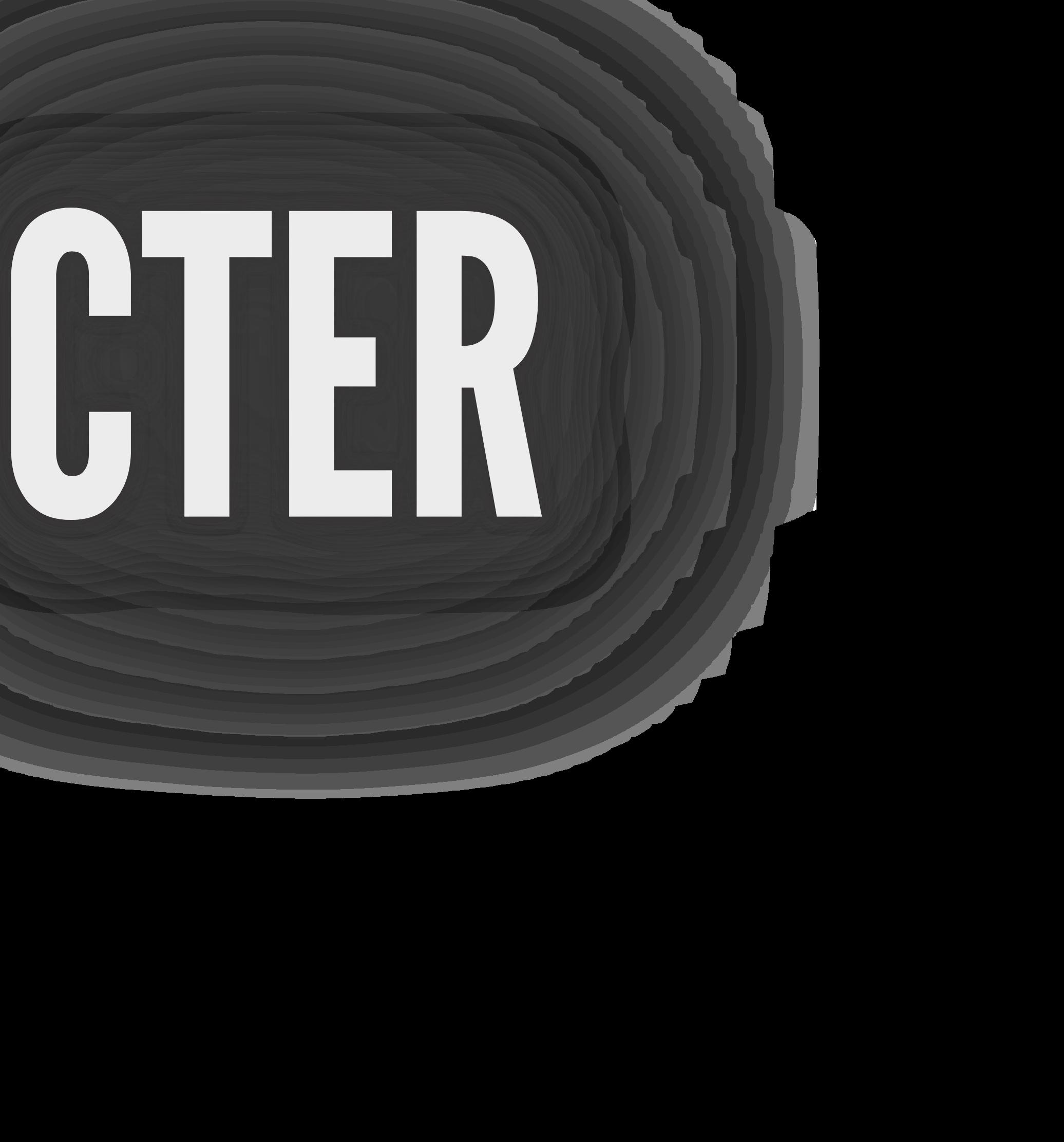
It is important for us to hear the victim’s side of the story and understand how they feel to better understand the situation. One of the many reasons why victims prefer not to speak is the fear that people would say it was their fault and they could’ve done something to avoid it. Instead of judging them and saying it was their fault, we should practice compassion, empathy, and build an open space for them to speak up about it and promote awareness.
People who are abusive towards others often try to justify their behavior or their actions by blaming the victim. Remind the perpetrator that they chose to assault and mistreat and do not believe them. Do not let them place the blame on the victim, their actions, and their environment. It is highly suggested to go to the center to report the incident while offering comfort and care for the victim.

Let’s break the narrative that men are stronger and more powerful than women. A way to create an informed generation is by considering lessons about bullying and gender orientation and expression complexity at the secondary and tertiary levels and gender equality at primary levels. Teaching can help to bring a significant change and a much wider space for the victims.
Most of the time, the adults are the doers of victim blaming, as they are scared of getting their reputation ruined just because of a relative or a member in their society or they grew up seeing that it is normal. However, not everything that is considered normal is actually right, especially when an action is justified based on their belief of "it's just child's play" or "they're just boys or men" because this will create a cycle that can potentially destroy the progress that our world has today. One way to open the minds of people is to have a progressive learning environment, wherein the concepts of consent and accountability are taught.
Even as a bystander, you can be liable, maybe not in the eyes of law but through your conscience. Do not just stand by and watch it unfold, instead speak out and challenge those who practice victim blaming. Because if no one will fight on what is right, nothing will change.
1. Sexual Harassment - a sexual human violation against the will of an individual.
2. Sexual Bribery - sexual request in exchange of something against the will of an individual.
3. Predatory Harasser - an individual who harass just because of the thrill.
4. Dominance Harasser - individuals that harass to boost their ego.
5. Strategic / Territorial Harassers - harassers who are confident that they won't get caught.
6. Street Harasser - individuals who like to harass in public (catcalling, groping, etc.)
7. Victim Blaming - an act where the oppressed is being the suspect instead of the oppressor.
8. Perpetrators - an individual who has committed a crime/violent act.
9. Toxic Masculinity - a notion that a man should be perpetuating domination, aggression, etc.
10. Misogyny - the act of hating women.
11. RA 7877 - a law that declares sexual harassment is unlawful in the employment, education, training environment, and for other purposes.
12. RA 11313 - is a law also known as, The Safe Space Act, covers that public places shall adopt a zero-tolerance policy against genderbased sexual harassment.
13. RA 8353 - also known as, The Anti Rape Law of 1997.
14. RA 11930 - Anti-Child Pornography Act of 2009.
15. RA 11648 - The Act of Raising the Age of Sexual Consent.
16. Child Pornography - is an act where there's an exploitation of a child sexually.
17. Groomed/Grooming - it is an action where a much experienced individual befriends a younger individual to manipulate and abuse them.
18. Corrective Rapes - often called as curative rape, is a hate crime where an individual who is a member of the LGBTQ+ community tends to be raped to "straighten" their sexuality.
16 Ideas and Actions To Avoid and Stop Victim Blaming. (2016, December 7). The Pixel Project's "16 For 16" Campaign. Retrieved September 21, 2023, from https://16days.thepixelproject.net/16-ideasand-actions-to-avoid-and-stop-victim-blaming/
Avoid Victim Blaming. (n.d.). Sexual Assault Survivor Advocacy Services. Retrieved September 21, 2023, from https://advocates.byu.edu/avoidvictim-blaming
Harassment and sexual harassment - Gender Matters. (n.d.). The Council of Europe. Retrieved September 21, 2023, from https://www.coe.int/en/web/gender-matters/harassment-and-sexualharassment
History of Sexual Abuse and Harrassment | Freedom and Citizenship. (n.d.). Freedom and Citizenship. Retrieved September 21, 2023, from https://freedomandcitizenship.columbia.edu/gender-equality-history2021
Jain, R. (2015, June 1). Parents use 'corrective rape' to 'straight'en gaysTimes of India. The Times of India. Retrieved September 21, 2023, from https://m.timesofindia.com/life-style/relationships/parenting/parents-usecorrective-rape-to-straighten-gays/articleshow/47489949.cms
angelan, M., Farley, L., Tsilonis, V., & Roussou, D. (n.d.). Sexual harassment. Wikipedia. Retrieved September 21, 2023, from https://en.wikipedia.org/wiki/Sexual_harassment
Rape Culture, Victim Blaming, And The Facts | Southern Connecticut State University. (n.d.). Inside Southern. Retrieved September 21, 2023, from https://inside.southernct.edu/sexual-misconduct/facts
Rape Statistics by Country 2023. (n.d.). World Population Review. Retrieved September 21, 2023, from https://worldpopulationreview.com/country-rankings/rape-statistics-bycountry
Sexual Harassment and Victim-blaming in the Philippines. (n.d.). Myril Mesuga. Retrieved September 21, 2023, from https://mymesuga.medium.com/sexual-harassment-and-victim-blamingin-the-philippines-c260a3495f3e
Understanding victim blaming and why it’s harmful to survivors. (2023, May 22). Welsh Women's Aid. Retrieved September 21, 2023, from https://welshwomensaid.org.uk/news/understanding-victim-blamingand-why-its-harmful-to-survivors/
Victim Blaming. (n.d.). Sexual Assault Centre Of Edmonton. Retrieved September 21, 2023, from https://www.sace.ca/learn/victim-blaming/
All elements are from canva
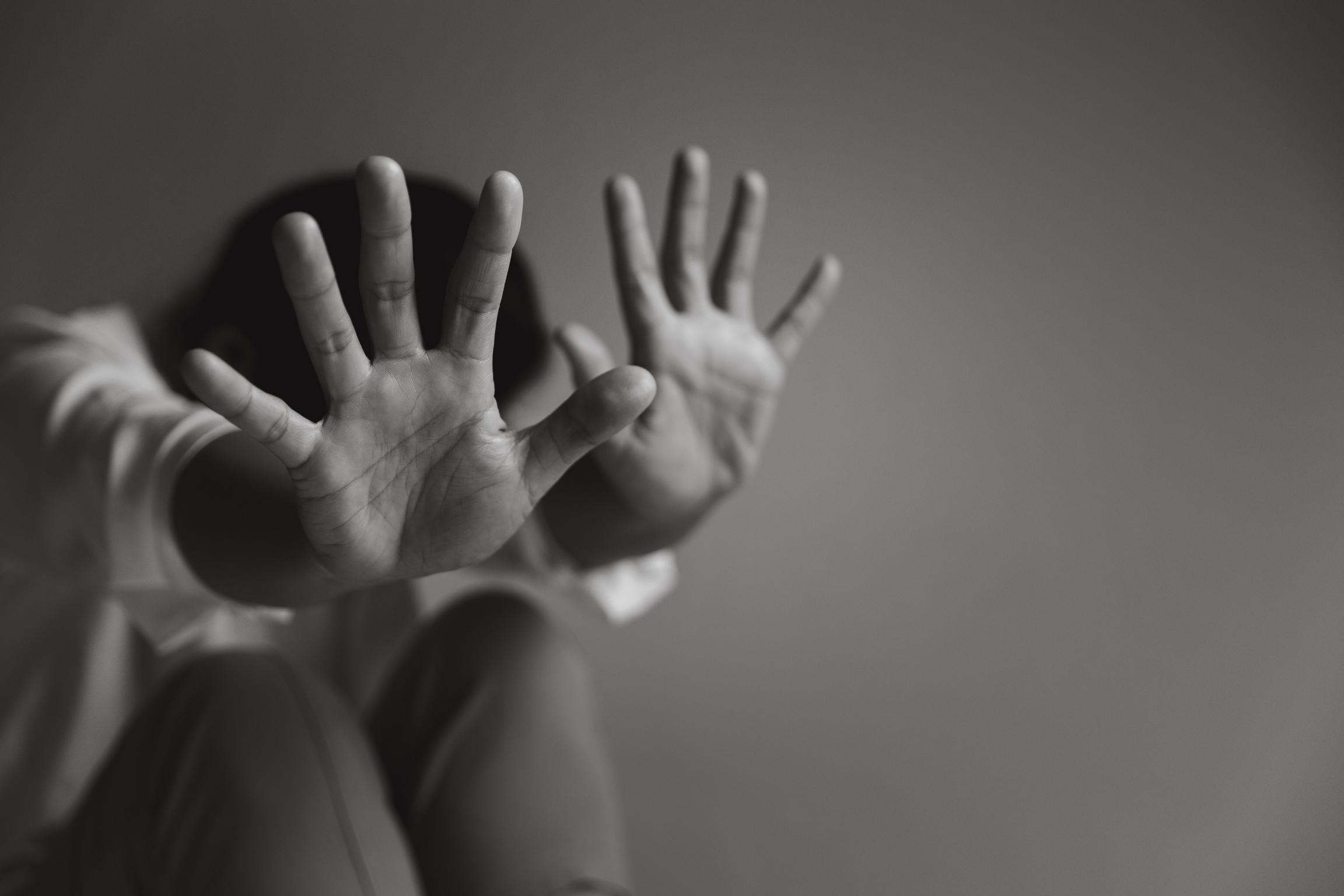









 SALAZAR, Radwan Sabina
NG, Nathan Ryan
GATCHALIAN, Stephanie FORONDA, Carla Josephine
OJEDA, Chelsea Anica
HICETA, Arizza Mikaela
SALAZAR, Radwan Sabina
NG, Nathan Ryan
GATCHALIAN, Stephanie FORONDA, Carla Josephine
OJEDA, Chelsea Anica
HICETA, Arizza Mikaela